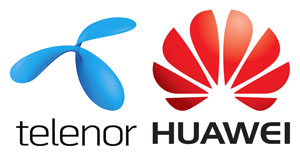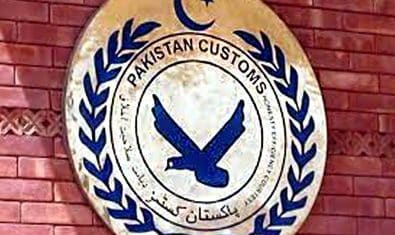
Despite this growth, Telenor Pakistan network congestion issues are known to Telenor customers. They include different issues like, voice distortion, anonymous voices with connected call etc.
These issues were because of :
- More than ten traditional HLRs were in the current network, with some having a capacity of as low as 1 million. This arrangement caused a range of problems in network management and maintenance:
- Networking was highly complex due to the large number of low-capacity HLRs. The customer service system needed to connect to, and adapt to, all the HLRs on the network, and the resulting complexity significantly raised maintenance costs.
- The signaling exchange between HLRs consumed considerable long-haul transmission resources. The subscriber data stored in the scattered HLRs was completely isolated, forming islands of information. To ensure that subscribers can access the Internet and call each other, the HLRs needed to exchange a large amount of information using the signaling resources, which occupied the limited long-haul transmission resources. In fact, the signaling between HLRs accounted for 40% of the signaling traffic on the total network.
- It was very difficult to manage subscribers’ number resources. Subscribers often need to replenish cards or change numbers, so the correlation between the current network’ s IMSI and MSISDN was often destroyed. Generally, number management was very complicated. In order to meet card replenishment and number change demands, Telecom Pakistan was forced to reserve a number segment for each HLR, meaning that number resources cannot be fully utilized.
- These problems had become a bottleneck of Telenor Pakistan’ s market development.
Introducing the USC
To enhance network competitiveness, Telenor Pakistan decided to introduce a new type of HLR to upgrade its existing HLR network. To this end, Telenor Pakistan selected Huawei’ s unified subscriber center (USC), which is a new-generation HLR developed by Huawei. With the following technological advantages, the USC can fully solve the problems that Telenor Pakistan’ s existing HLR network has encountered:
Capacity for tens of millions of subscribers: The USC enables the centralized storage of subscriber data across the entire network; simplifies the existing HLR network; and enables unified management of subscriber numbers, without the need for number segments. Existing network capacity and subscriber growth forecasts indicate that the introduced HLR needs a minimum 40 million-subscriber capacity. The Huawei USC possesses this capacity.
Distributed deployment: The logically unified HLRs support geographically distributed deployment. After subscriber data is centrally stored, HLR network reliability becomes a critical element that the traditional disaster recovery mode cannot satisfy. The USC, however, allows the HLRs to be distributed in different geographical regions; these share traffic loads and ensure HRL network reliability.
Lower signaling load: The USC supports access for long-haul roaming subscribers. Subscriber data can be internally queried in the home through the IP network, thus using far less signaling resources.
Smooth network evolution: To meet network evolution needs, the USC is built on a converged architecture. It allows smooth evolution to subscriber data center convergence, and can integrate the entire network’ s subscriber data. This lays a solid foundation for FMC network.
Mr. Rizwan, the General Manager of Telenor Pakistan, has repeatedly praised Huawei’ s engineers for their proficiency, extensive knowledge, and highly accurate response to customer-based network needs.
In Islamabad, Lahore, and Karachi, Telenor Pakistan has deployed the Huawei USC with the effect that all call signaling can be done using local access. This optimization reduces Telenor Pakistan’ s long-haul transmission signaling needs by 60%, and greatly enhances its network operation revenue. Looking to the future, the subscriber base will continue growing rapidly and the USC is certain to deliver tremendous value for Telenor Pakistan.

























